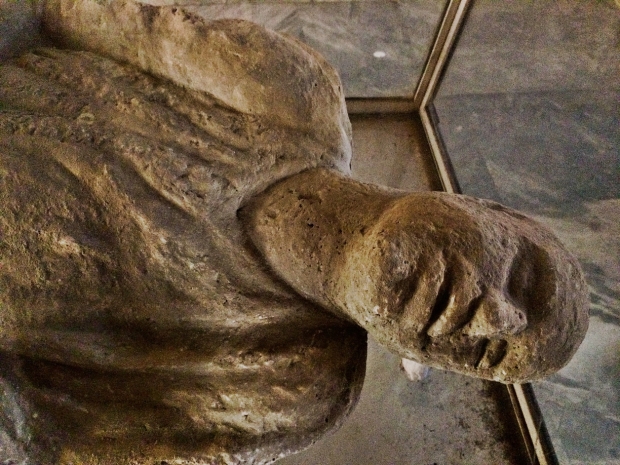At the moment most of the world’s lithium used in these batteries comes from Australia and Chile, but it is now thought that a better source would be supervolcanoes.
Stanford boffins say that it is important to identify lithium resources in the US so that supply does not rely on single companies or countries in a way that makes us subject to economic or political manipulation. Nothing is worse than an Aussie with his arm behind your back giving you a Chinese burn.
Lithium will be more important once the US gets rid of its current president who believes that global warming is a myth and the world looks for safer means of power than sticking carbon into the atmosphere. Solar and wind power needs good batteries and that means a reasonable lithium supply.
Professor Gail Mahood said that we are going to have to use electric vehicles and large storage batteries to decrease our carbon footprint.
The Stanford team has come up with a new technique to detect lithium in volcanic lakes that have appeared in calderas – holes in the ground that were created when supervolcanoes erupted, displacing huge quantities of lava.
Lithium, found in the volcanic deposits, has been drawn out into the lake over thousands of years, and gathered as clay in the lake. But some lakes are more lithium-rich than others, depending on the original magma content, and the key is being able to identify which ones.
“Because lithium is a very volatile element, it is extremely difficult to measure,” Tom Benson, lead author of the study, says. “You can't simply measure the whole rock chemical composition of a volcanic rock, like volcanologists typically do.”
Instead, the team worked out a way to identify how much lithium was in the lake. By extracting tiny blobs of magma that had been trapped in crystals, heating them up and quenching them, Benson could identify the lithium content in the magma.
The study was based in the US, but the whole world will be facing similar challenges in the future. For example, in the UK, “the grid-connected energy storage market is expected to expand from total installed capacity of 3 GW at the end of 2016 to 28 GW by 2022,” Marek Kubik, a market director for energy storage systems at AES, says.
The lithium deposits I discuss in this manuscript only occur in old, dormant volcanoes where the caldera lake has drained and exposed the old lake sediments.
The research was published in Nature Communications.
Published in
News
Power your smartphone with a super volcano
What could possibly go wrong?
While Dr Evil might power his supercomputer using the volcano on his island base, the idea has been suggested as a way of sorting out the world’s battery woes.
Tagged under




